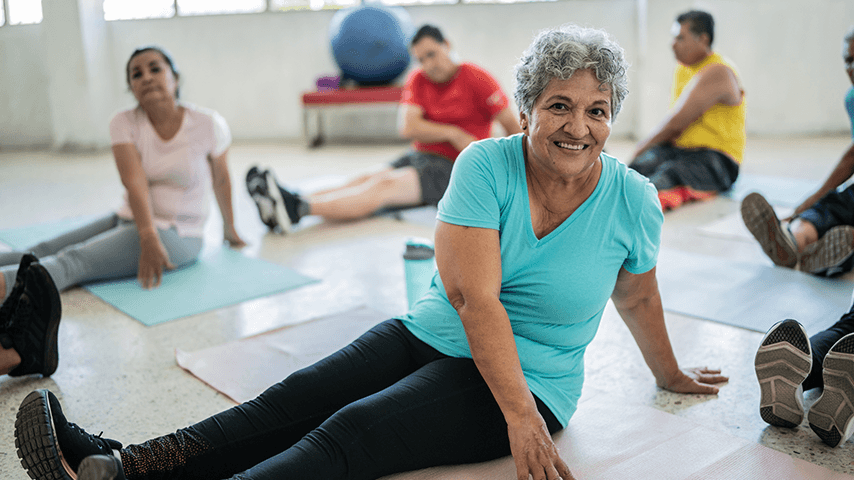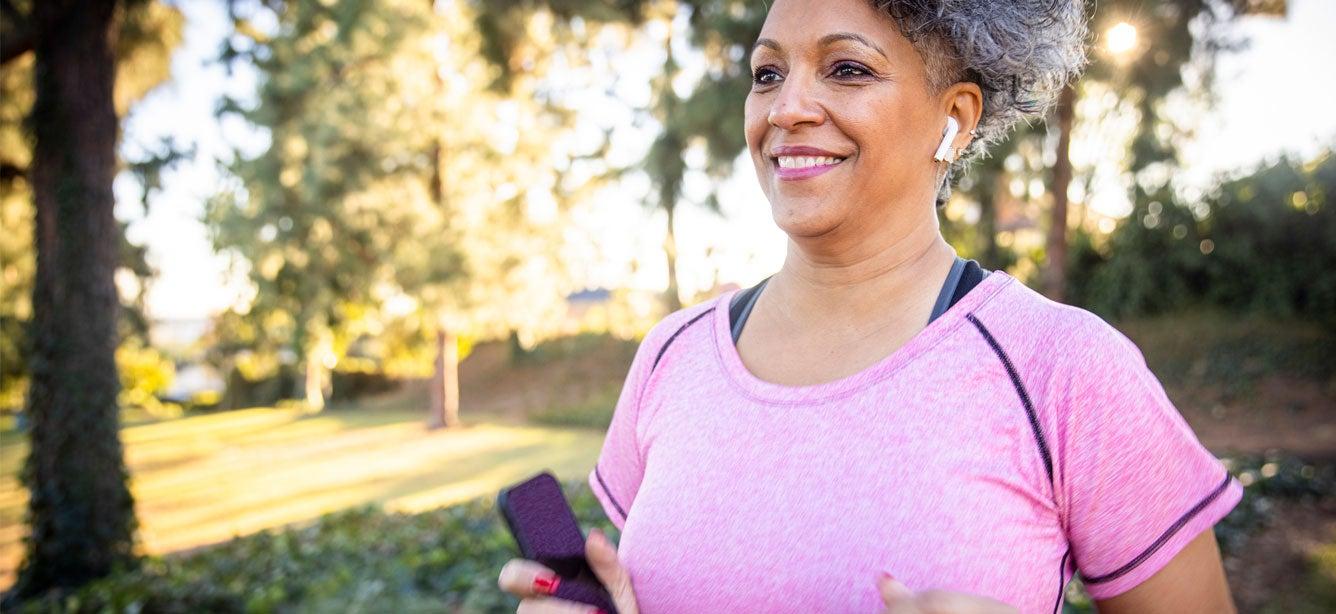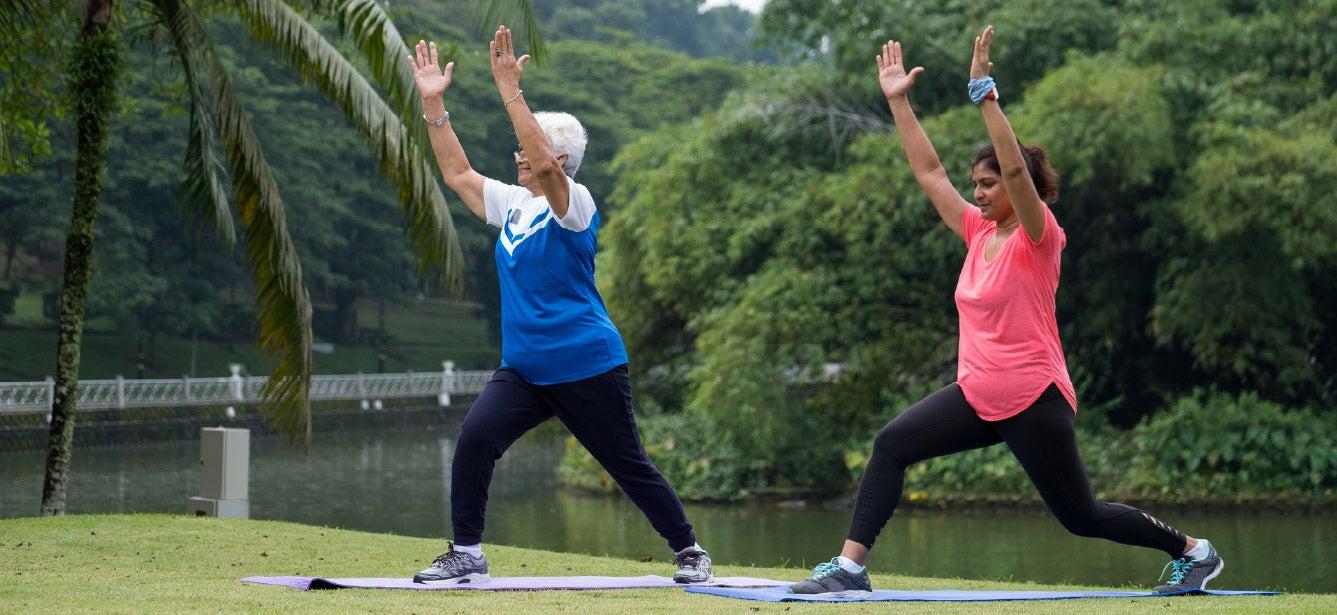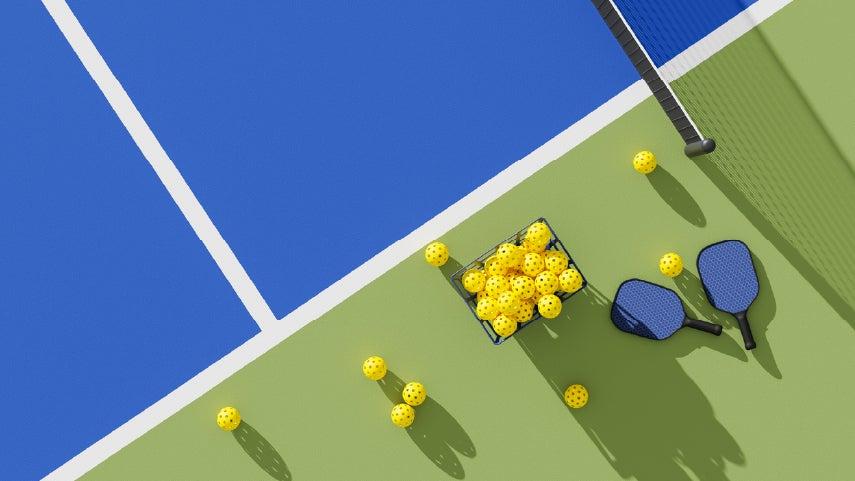
Related Topics
Pickleball's skyrocketing popularity is no mystery. It's a fantastic way to boost your physical and mental health. Playing pickleball can help you reach your Physical Activity Vital Sign goals. Research shows it can improve personal well-being, life satisfaction, and happiness, as well as decrease depression and stress.
Whether you're a seasoned player or a curious newcomer, here are some tips to ensure a safe and enjoyable pickleball experience.
How to equip yourself to prevent injuries when playing pickleball
The right equipment and clothing can make a big difference on the court.
Shoes: Look for tennis, pickleball, or court shoes. These shoes provide extra support for side-to-side movements, reducing the risk of ankle injuries. Playing on an indoor court? Wear shoes with good traction to prevent slipping. Indoor court surfaces tend to have smoother surfaces than outdoor courts.
Clothing: Wear clothing that allows unrestricted movement and consider wearing protective eyewear to shield your eyes from unexpected paddle or ball contact. When playing outdoors, remember sunscreen and a hat for sun protection.
Paddle: Using a paddle with the correct grip size reduces elbow or wrist strain. To measure your grip size, open your hand. Look for the two lines across your palm near the base of the fingers. Place a ruler on your ring finger with the ruler end on the second line, the one closest to the center of your palm. The distance from that line to the end of your ring finger is your grip size, typically 4 to 5 inches.
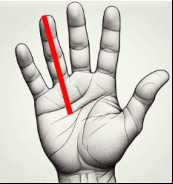
The importance of warming up before playing pickleball
Exercise: Dedicate 5-10 minutes to warming up by doing movements similar to what you will do in the pickleball game. Examples include walking lunges, shuffling side to side, light jogging, twisting your torso, arm circles, and low-intensity movements like serves and volleys. You can find examples of warm-up movements in this video, Pickleball Warm-Up Drills for Seniors.
Are you new to playing pickleball? Tips for playing the game
New to the Game: If you are new to the game, start by playing relaxed games with beginner-friendly partners. This approach allows you to work on mastering basic strokes and footwork to help prevent injury as you progress to more competitive games.
Form: Using proper body mechanics can reduce your chance of injury and improve your game. Begin with a balanced stance, feet shoulder-width apart, knees slightly bent, and weight evenly distributed. Generate power and protect your shoulders by initiating your swing from the hips. Rotate your hips toward your target while letting your arms follow naturally. Engaging your hips generates power and reduces stress on your arms and shoulders. If the ball goes over your head, don’t backpedal. Instead, turn around and run toward the ball.
Listen to your body: Pace yourself and listen to your body. If your body is telling you that it has had enough, whether it is pain, stiffness, or shortness of breath, take a break.
Hydrate: Staying hydrated helps regulate body temperature, prevent muscle cramps, and keep up your energy level. Drink water or low-sugar drinks with electrolyte replacement.
Tips for cooling down after a game of pickleball
Don’t underestimate the importance of a proper cool-down for recovery. Here are a few tips for when you're cooling down:
- Light Cardio: Engage in light aerobic activity, such as slow walking, for 5 minutes to gradually lower your heart rate.
- Gentle Stretching: Follow the light cardio with gentle stretching exercises, holding each stretch for 30 seconds. Focus on the major muscle groups, such as calves, hamstrings, quadriceps, and shoulders, to reduce muscle stiffness and improve flexibility.
- Rehydrate: Replenish fluids lost during the game to aid in your body’s recovery.
If you want more personalized information on what you can do to prevent injury, consider scheduling a consultation with a physical therapist who can analyze your muscle strength, flexibility, and functional movement patterns. Based on the evaluation, they can provide personalized education and create a customized program to improve your strength, flexibility, and overall stability.
By following these simple tips, you can keep yourself safe on the court and keep enjoying the many benefits of pickleball for years to come. Remember, staying active and healthy is a marathon, not a sprint. So, use the right equipment, warm up, listen to your body, cool down, stay hydrated, and have fun!
Sources
- Vitale, K, Liu S. Pickleball: Review and Clinical Recommendations for this Fast-growing Sport. Current Sports Medicine Reports. October 2020. Found on the internet at: https://pubmed.ncbi.nlm.nih.gov/33031206/
- Cerezuela, JL, Lirola, MJ, Cangas, AJ. Pickleball and mental health in adults: A systematic review. Frontiers in Psychology. February 2023. Found on the internet at: https://pubmed.ncbi.nlm.nih.gov/36895753/


